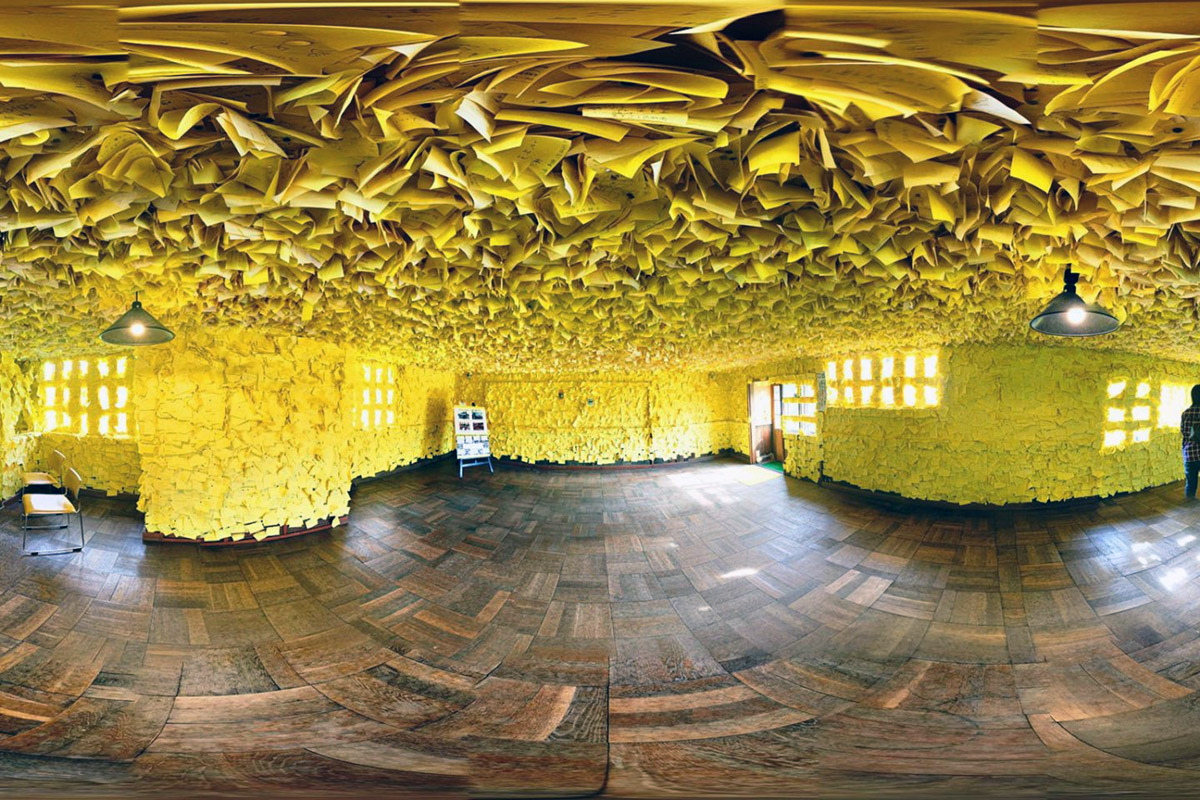
Many people in Tokyo have no idea how different Hokkaido is. It is almost 200 km from Sapporo to Obihiro, the same distance as between Shizuoka and Tokyo. But instead of 20 million people and the world’s 15th biggest GDP (Tokyo’s GDP is equal to that of South Korea), there are only 5 million people in the whole of Hokkaido. Tokyo became the biggest metropolis in the world just after the Meiji Period, and Osaka was even bigger than Tokyo in the 1920s. On the other hand, parts of rural Hokkaido in winter snow look more like Siberia than Tokyo. In fact, during the ice age, Hokkaido was connected with Siberia. Halfway between Obihiro and Sapporo is Yubari, a city of 10,000 that used to be the home to 100,000 people. The trains only call at Yubari station five times a day, unlike in Tokyo where there could be five trains at the station every minute. Yet Yubari has a faded charm that can’t be found in Tokyo. Faded posters and architecture, lost in time while Sika deer wander the streets. In the midst of the snow season, people from around the world celebrate this city’s past and future at the Yubari Fantastic Film Festival. The name evokes images of circuses and fun fairs, as if Laurel and Hardy appeared in candy stripe costumes, hollering, “roll up, roll up, the greatest show on earth is here!” Actually, the feature film this year, “The Extraordinary Journey of the Fakir’ is in many ways the embodiment of the Yubari, whose hero rises from obscurity to worldwide fame through a fantasy-like adventure.